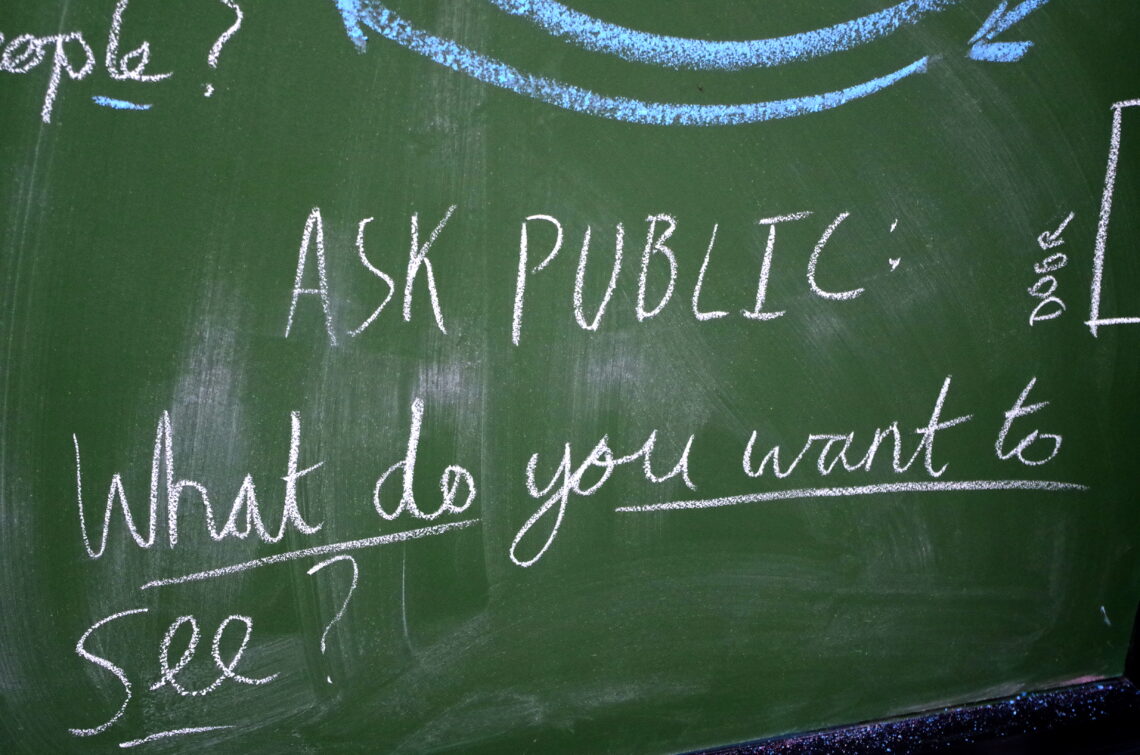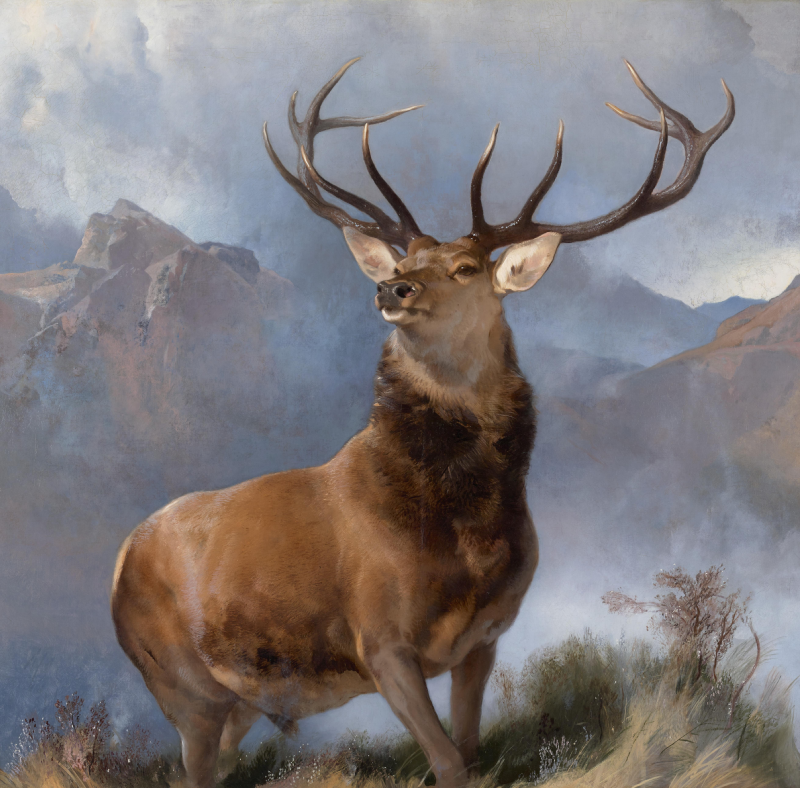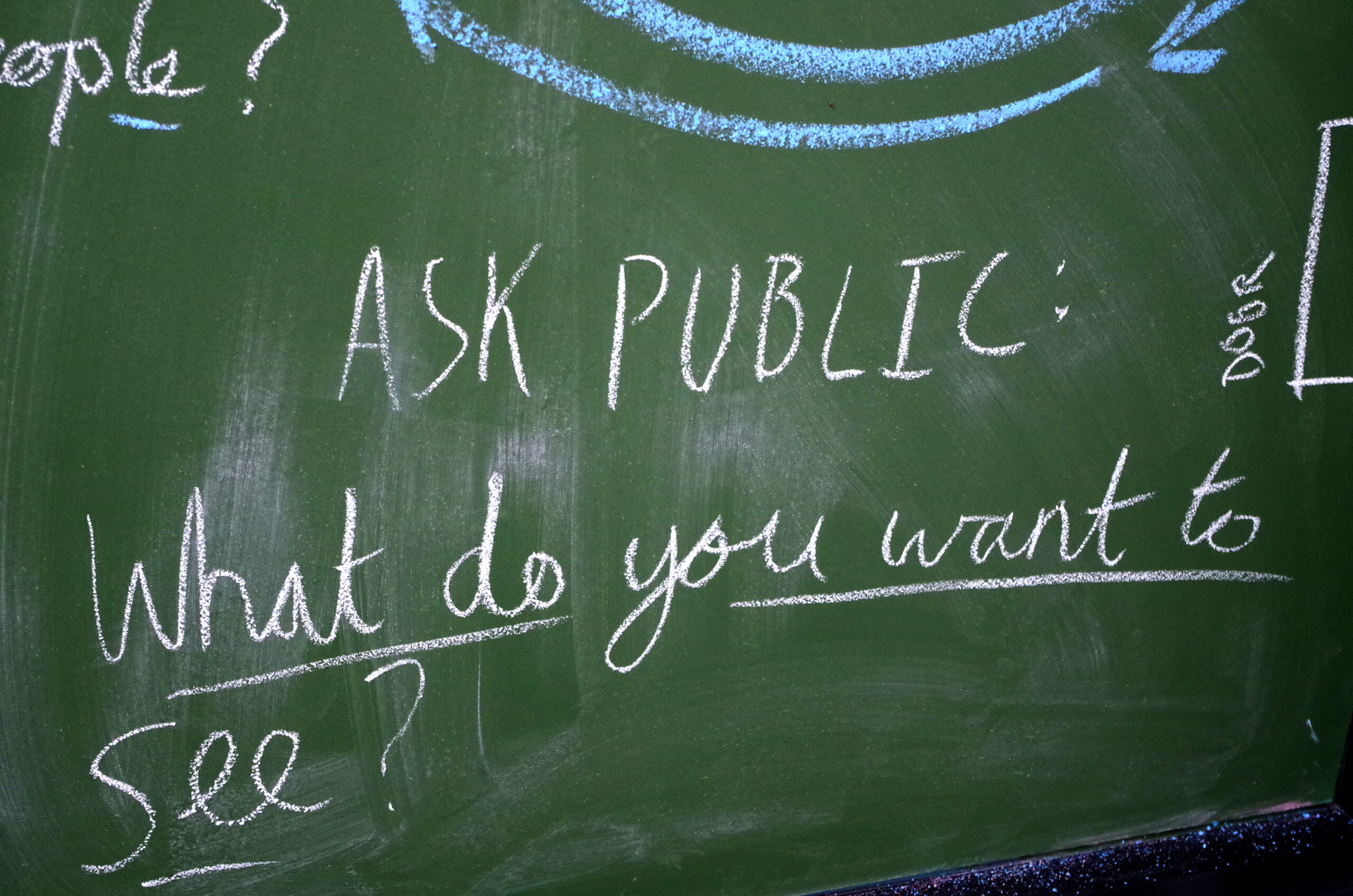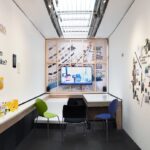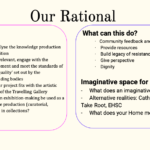Travelling Gallery’s mission statement is to take art to every part of Scotland so that “people from every background and community have the opportunity to engage with excellent, experimental and inspiring art practices” (Travelling Gallery at 40, 2018). The bus has taken its exhibitions all over the country visiting 391 locations from 2015-2017 and reaching over 52,000 people in the same period (Travelling Gallery at 40, 2018).
As Travelling Gallery made its goal to “make art inclusive and accessible” by taking it “out to communities” (Travelling Gallery at 40, 2018); this organisation offers the chance to study the commitment of many UK cultural institutions to engage new audiences and make art available to as many people as possible. These goals are rooted in a humanistic ideology that supports the ability of arts and culture to bring personal betterment, enlighten individuals, and achieve social cohesion (Kawashima, 2006). Within the UK cultural sector, actions led by the Department of Culture, Media and Sport (DCMS 1999, 2000) and funding bodies like Arts Council England (2004), and Creative Scotland (2023) have also played a major role in emphasising the requirements of accessibility and the need for institutions to continuously attract new audiences. An example is the 1998 New Audience Fund which distributed £20 million between 1998 and 2003 to cultural institutions to develop new audiences (Johnson, n.d).
Institutions responded to these requirements in multiple ways with programmes of audience development that scholars like Kawashima (2006) categorised as extended marketing, taste cultivation, audience education, and outreach. The first three categories offer support to potential and existing audiences by developing activities to enhance their cultural experiences with further educational support or by tackling tangible and intangible barriers to accessing cultural provisions (Kawashima, 2006). Instead, outreach programmes, subject of this research, focus on people unlikely to engage with institutionalised culture and they include those activities that seek audience members beyond traditional cultural spaces bringing participatory art projects to them outside museums and galleries (Kawashima, 2006).
Studies on UK community engagement impacts carried out by Greenhill et al. (2007) and Jensen (2013) demonstrate that carefully designed outreach activities can overcome barriers, enhance cultural engagement and improve social inclusion. Outreach activities can be particularly important for areas like rural Scotland where access to institutionalised cultural offerings, museums, and art can be limited. Besides Travelling Gallery itself, an example of these endeavours can be found in the NGS Scotland-wide tour of The Monarch of the Glen. For the occasion, Fiona Hyslop, Cabinet Secretary for Culture, Tourism and External Affairs, said: “This tour is an exciting opportunity for people of all ages and backgrounds across Scotland to access and enjoy this iconic painting in their own communities. I am confident this will further inspire many to seek out new opportunities to engage in culture and the arts” (The Scotsman, 2017).
Cultural institutions’ outreach programmes are often developed in collaboration with community centres and non-institutionalised cultural spaces. Travelling Gallery demonstrates the perks of this approach as the organisation successfully relies on partnerships with local organisations to advertise its exhibitions, ensure community attendance, and host the bus in the different areas it travels to.
The collaborations with community centres offer many benefits such as the ability to reach audiences who may feel intimidated by traditional cultural spaces. In fact, engaging with individuals in a context they are familiar with may support people to feel confident to try out new creative skills or embark on cultural activities they had not considered before (Cunningham & Mui, 2022).
At the same time a recent report Working Better Together (Cunningham & Mui, 2022) led by WHALE Arts looked into the negative experiences that Edinburgh-based community-cultural hubs often face when working with institutional organisations for outreach programmes. Two main systemic issues emerged according to community-hub representatives. Firstly, the inequitable distribution of funding and the related power inequalities across Edinburgh; secondly the different value systems and divergent priorities between institutions and community centres (Cunningham & Mui, 2022).
The report also highlighted some key issues in practices of outreach. These are useful to consider for the development of our own engagement program for Travelling Gallery and to inform my future curatorial practices. One main problem identified was a ‘helicopter’ approach to many outreach activities (Cunningham & Mui, 2022). This consists in the creation of one-off events, workshops, or visits by cultural institutions without any real long-term engagement with the community they are visiting. Neither before- to prepare the content of their offerings and tailor it to the community- nor after- to develop sustainable relationships and long-term benefits (Cunningham & Mui, 2022). Community organisations are sceptical of these approaches as they highlight that, when outreach programmes are devised in such a way, often the negative outcomes outweigh the benefits of these activities (Cunningham & Mui, 2022). Helicoptering, in fact, often disregards the intangible barriers that lead individuals to not engage with traditional cultural spaces such as the need for trust and a sense of ownership (Cunningham & Mui, 2022.) Both of these necessities take time and care to develop, and one-off events are often just not enough to achieve them (Kawashima, 2006).
Similarly, the lack of long-term relationships with communities often demonstrates a ‘bums-on-seat approach’ of many outreach programmes. These prioritise audience numbers or reaching a specific demographic rather than developing a quality experience for the specific audience they are engaging with (Cunningham & Mui, 2022). One of the community workers interviewed expressed their frustration with the lack of interest of institutions to get to know the community: “I find I’m often up against people not changing the way they want to do things, because they’ve done it in the same way in another area […] almost like we’re just the same homogeneous community defined by poverty” (Cunningham & Mui, 2022).
One way to try to tackle these procedural mistakes is through long-term partnerships and consultations. These should have the aim of getting to know better each community targeted by an outreach programme (Wilson et al., 2017) as well as learning from community centres’ expertise to develop offerings valuable for their users (Cunningham & Mui, 2022).
These approaches allow to tackle the systemic issue of divergent value systems between cultural institutions and community art centres too. Institutions outreach programmes, in fact, continue to have an underlying economic focus aimed at bringing more users to cultural institutions for funding needs or to meet diversity quotas (Banks, 2018; Jancovich & Stevenson, 2022). Long-term partnerships and co-produced programmes, instead, force a shift towards a people-centred approach focused on individuals’ well-being and the development of social skills (Sen, 1999).
These practices to be effective should be supported by systemic changes. Cunningham and Mui (2022) argue that a fundamental structural change in the funding system would have the most significant impact. Funders, in fact, could make a requirement to focus on the quality of partnerships between institutions and community groups to move away from tick-box and tokenistic relationships. Yet, this research can function as a baseline to gather guidelines for the creation of quality outreach programmes to inform our own Guided Research Placement and future educational endeavours.
BIBLIOGRAPHY
Arts Council England (2004) New Audiences for the Arts, Arts Council England, London.
Banks, M. (2018) Creative economies of tomorrow? Limits to growth and the uncertain future. Cultural trends. [Online] 27 (5), 367–380.
Creative Scotland (2023) Open Fund: Sustaining Creative Development Accessed 23/02/2023 https://www.creativescotland.com/funding/funding-programmes/open-fund-sustaining- creative-development
Cunningham M., & Mui T. (2022) Working Better Together- Creative Community Hubs Project Report. Edinburgh: Out of the Blueprint, 2022. Available at https://issuu.com/whalearts/docs/working_better_together_25_05
DCMS (1999) Museums for the Many: Standards for Museums and Galleries to Use When Developing Access Policies, DCMS, London.
DCMS (2000) Centres for Social Change: Museums, Galleries and Archives for All: Policy Guidance for DCMS-funded and Local Authority Museums, Galleries and Archives in England, DCMS, London.
Greenhill, E. H., Dodd, J., Creaser, C., Sandell, R., Jones, C., & Woodham, A. (2007). Inspiration, identity, learning: The value of museums. Leicester, UK: RCMG and DCMS
Jancovich, L. & Stevenson, D. (2022) ‘Praise for Failures in Cultural Participation’, in Failures in Cultural Participation. Switzerland: Springer International Publishing AG. p.
Jensen, E. A. (2013) Reconsidering The Love of Art: Evaluating the Potential of Art Museum Outreach. Visitor studies. [Online] 16 (2), 144–159.
Johnson, G. n.d.. New Audiences for the Arts: The New Audiences Programme, 1998–2003 (unpublished)
Kawashima, N. (2006) Audience Development and Social Inclusion in Britain: Tensions, contradictions and paradoxes in policy and their implications for cultural management. International journal of cultural policy: CP. [Online] 12 (1), 55–72.
Sen, A. (1999) Development as freedom– Amartya Sen. Oxford: Oxford University Press.
The Scotsman (2017) Monarch of the Glen painting to embark on Scottish tour. Available at https://www.scotsman.com/arts-and-culture/monarch-glen-painting-embark-scottish-tour-1438338 Accessed 29/03/2023
Travelling Gallery at 40 – New exhibition celebrates Travelling Gallery’s past, present and future. (2018) Available at https://www.edinburghmuseums.org.uk/stories/travelling-gallery-40-new-exhibition-celebrates-travelling-gallery’s-past-present-and-future Accessed 06/04/2023
Wilson, N. C., Gross, J. D., & Bull, A. L. (2017). Towards Cultural Democracy: Promoting Cultural Capabilities For Everyone. Cultural Institute, King’s College London.
